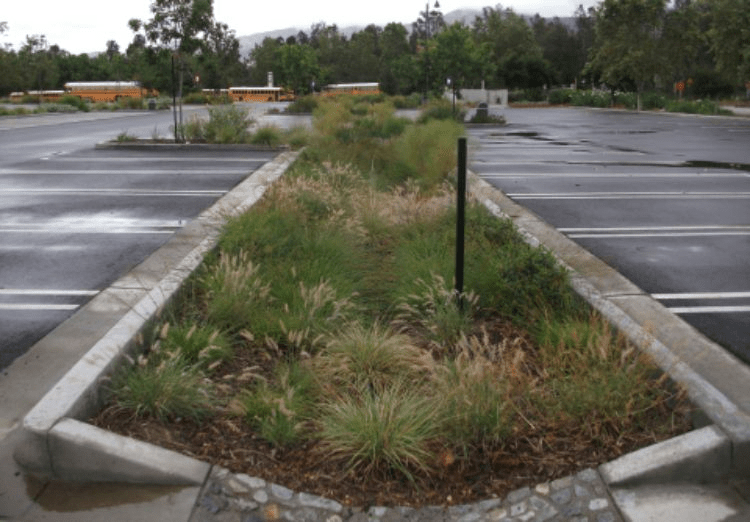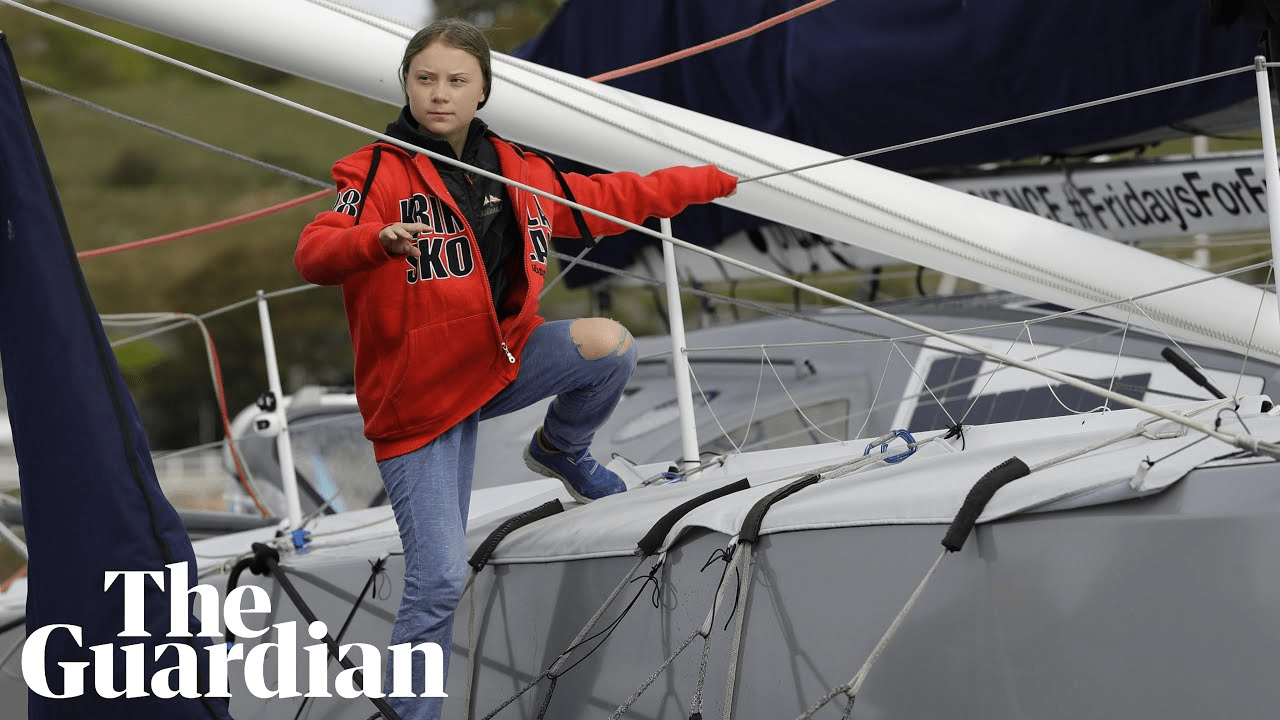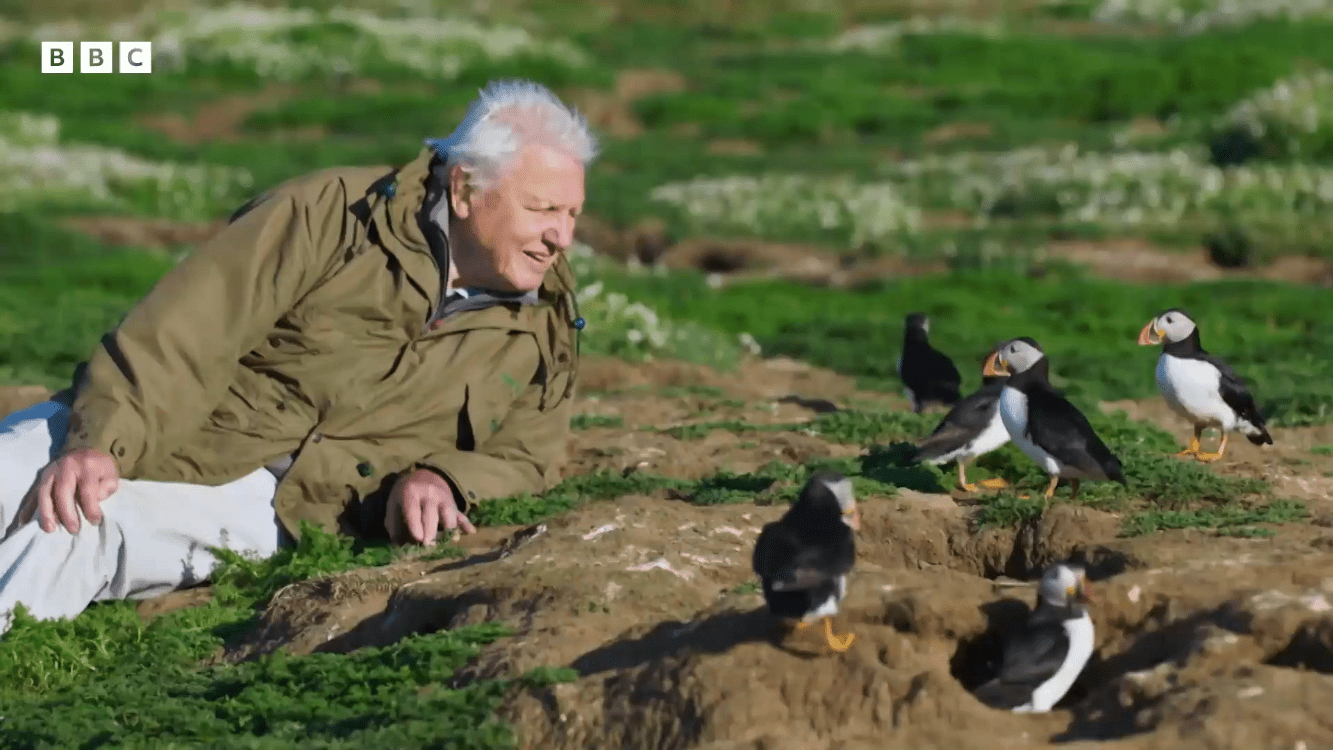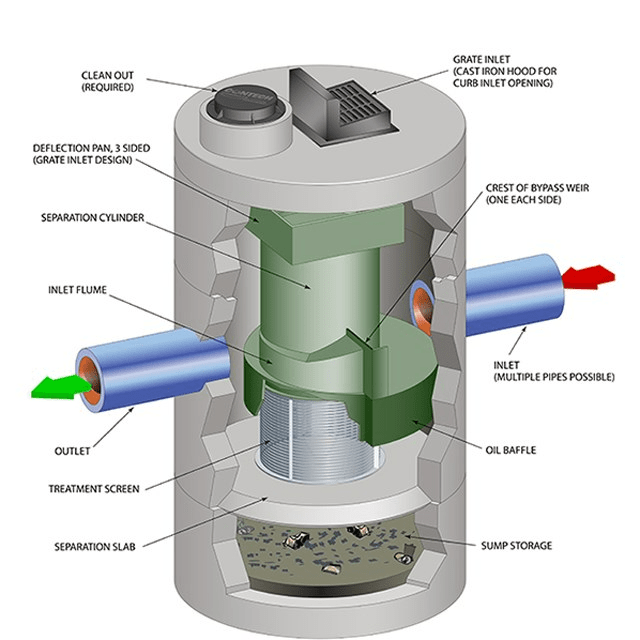Name a post-industrial or post-consumer material that can replace Portland Cement in a concrete mix, reducing greenhouse gas emissions.
Pozzolan or Fly Ash (also known as supplementary cementitious materials)
The reduction of greenhouse gases by transitioning fossil fuels to clean electricity requires generation by solar, wind and geothermal sources and an improved distribution grid. What component or technology supplies energy when renewable generation sources are intermittent?
Battery Storage
One of the most ubiquitous finish materials known, make sure you spec this product with low VOCs, free of formaldehydes and bearing the Green Seal or similar label. Hint: you got this covered!
Paint
These large landscape features at grade are designed to collect stormwater runoff while removing debris and pollution through vegetation and soil and reduce demand storm water infrastructure.
Bioswale

Founded in 2006 by Ed Mazria, this organization/program’s mission is to achieve dramatic reduction in the energy consumption and CO2 emissions of the built environment by having design firms annually report their projects' energy use against targeted reduction goals.
Architecture 2030, the 2030 Challenge or the 2030 commitment
This batt insulation, made from inorganic material, is resistive to temperatures up to 1800 degrees Fahrenheit, has an R value of 4.3 per inch, reduces sound transmission, is water repellent, vapor-permeable, and resistant to rot, mold, and mildew.
Mineral wool
What Building Standard is based on climate appropriate insulation, air tightness, thermal-bridge free detailing, high-performance windows, and continuous ventilation with heat recovery?
Passive House
Research has demonstrated this free and naturally occurring resource improves standardized test scores and cognition in classrooms. Pre-industrial schools depended on large windows for this.
Natural Light or Daylight
Enacted in 2020, Local Law 15 amends the NYC Building Code to prevent bird collisions with buildings in new construction or alterations. One of the following technologies is not listed as acceptable bird friendly glazing strategies: Striated UV coatings, ceramic frits, ultrasonic predatorial pitch, and exterior grillage.
Ultrasonic Predatorial Pitch technology is not listed in the Bird Friendly Design Manual
This metric is expressed as energy per square foot per year and calculated by dividing the total energy consumed by the building in one year (measured in kBtu or GJ) by the total gross floor area of the building (measured in square feet or square meters).
Energy Use Intensity
This rigid insulation packs a whopping R6 per inch but has high embodied carbon, is manufactured from petroleum, and contains Butene and Pentene (blowing agents known to be toxic to mice and rats).
Polyisocyanurate
The NYC Energy Conservation Code references this Energy Standard titled Buildings Except Low Rise Residential Buildings.
ASHRAE 90.1
This commonly used flooring material is low cost, easy to maintain, and comes in a variety of finishes. However, it contains phthalates which are endocrine disruptors and when the material is incinerated or buried, releases dioxins which are linked to cancer and reproductive disorders.
VCT or LVT (vinyl composition tile and luxury vinyl tile)
Vegetated Roof Assemblies or Green Roofs have two basic types: one has a maximum of 6” growing media, a low profile consisting of sedum, succulents, herbs, grasses, mosses and low-growing perennials. The other type has deeper soil for shrubs, larger trees and greater biodiversity. Name these 2 types of green roofs.
Extensive and Intensive green roof
This 21-year-old Swedish environmental activist organized a nation-wide student strike for Climate outside Parliament at age 15. In 2019, she was crew member of 60’ racing yacht that sailed across the Atlantic Ocean to testify at the House Select Committee on the Climate Crisis, choosing this mode of transport to minimize her carbon footprint.
Greta Thunberg

Located on a 12-acre site in the East Flatbush neighborhood of Brooklyn, this family-run business may be one of the only block and brick manufacturers in NYC. They also have made impressive investments in carbon sequestration technology, adding pozzolan to their masonry products.
Glennwood Mason Supply
The European model of Passivhaus originated in 1988 though a collaboration of Bo Adamson of Lund University in Sweeden and another academic based in Darmstadt Germany. Name this second collaborator. Was he Gustav Mahler, Gustov Holtz, Wolfgang Feist, Wolfgang Mozart or Wolfgang Puck?
Wolfgang Feist
This flooring material is manufactured from bio-based, non-hazardous ingredients such as rapidly renewable linseed oil, jute, and renewable wood-flour and free of the problematic additives found in some VCT and LVT products.
Linoleum
His presidential administration initiated many enduring, environmental policies in the US such as the Environmental Policy Act, the creation of the Environmental Protection Agency, the signing of the Clean Air Act, and the Clean Water Act.
Richard Nixon

For 7 decades, this British broadcaster, filmmaker, biologist, natural historian has been explaining the wonders of natural world. His recent work explores restoring planetary biodiversity, limiting population growth, switching to renewable energy, mitigating climate change, reducing meat consumption, and setting aside more areas for natural preservation.
Sir David Attenborough

This sustainable material can be used as an alternative to steel reinforcement in concrete, avoiding corrosion while cutting carbon-emissions.
Natural-Fiber Composite (NFC) or Hemp
This principle states that, when energy passes into or out of a system (as work, heat, or matter), the system's internal energy changes in accordance with the law of conservation of energy.
The First Law of Thermodynamics
These materials are tracked by the Living Building Challenge (LBC), as the “worst in class” materials, containing chemicals and elements known to pose serious risks to human health and the greater ecosystem.
The Red List
This stormwater management device is used to control water pollution and is designed as flow-through structure with a settling or cyclonic separation unit to remove sediment and floatable pollutants such as trash, debris and oil.
Hydrodynamic Separator

This theory of urban design argues that the city is constructed of interconnected and ecologically rich horizontal field conditions.
Landscape Urbanism